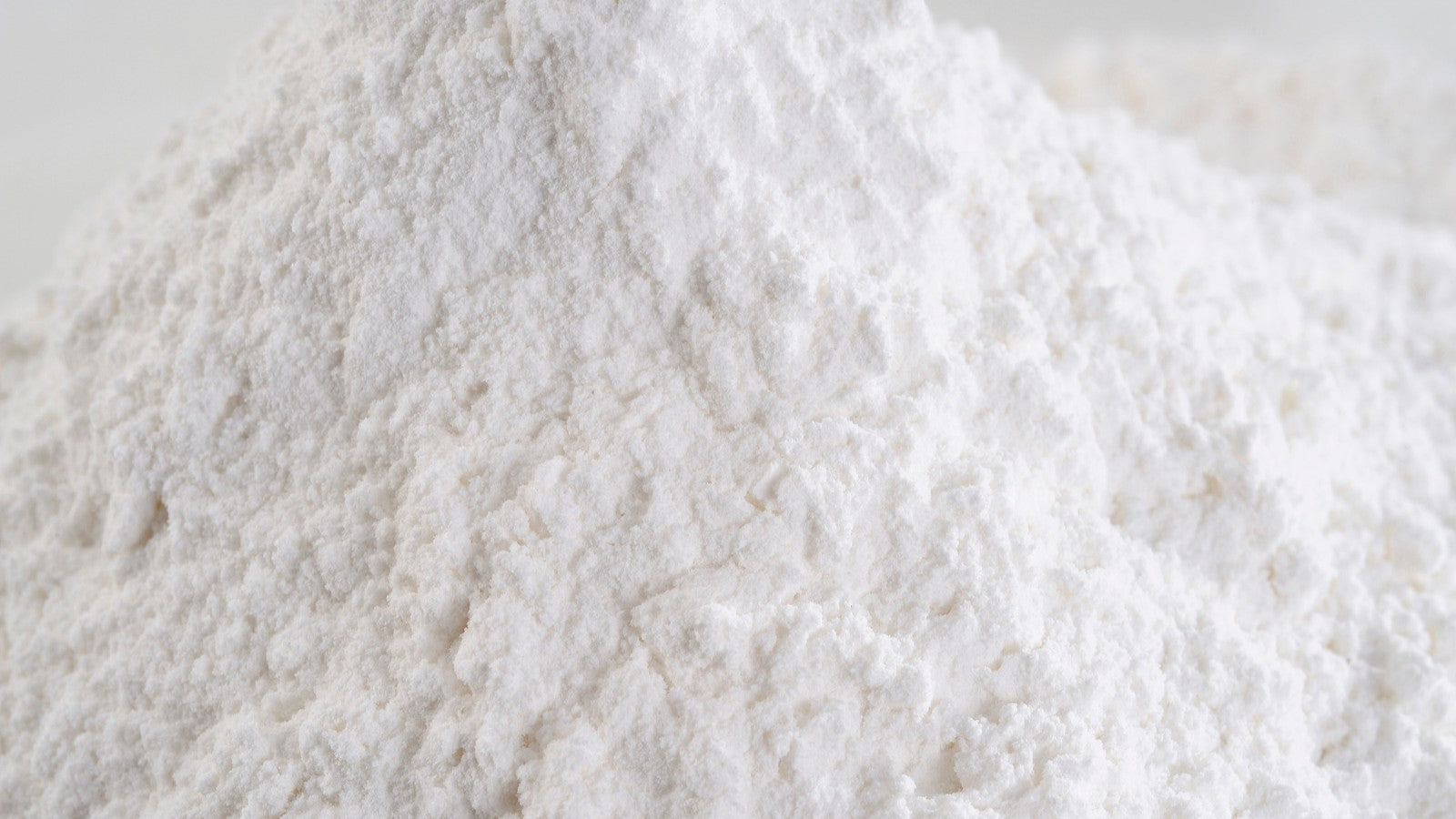L-Carnosine is a remarkable molecule that has received increasing scientific attention in recent years. It is a dipeptide composed of the amino acids beta-alanine and L-histidine and is naturally found in high concentrations in skeletal muscle, cardiac tissue, and the brain. The wide range of biological activities exhibited by L-Carnosine has made it a popular subject in longevity and anti-aging research. In this in-depth article, we will take a closer look at the various aspects of L-Carnosine and its potential health benefits.
What is L-Carnosine?
L-carnosine was first discovered in 1900 by Russian scientist WS Gulewitsch. Since then, numerous studies have been conducted to better understand its role in the body. L-carnosine is known to play an important role in the muscles by buffering lactic acid, which helps maintain muscle strength and endurance during intense exercise. But the importance of L-carnosine goes far beyond muscle health.
The antioxidant power of L-carnosine
One of the most studied properties of L-carnosine is its antioxidant effect. Free radicals generated by normal metabolic processes and environmental factors such as UV radiation and pollution can cause significant cellular damage. This oxidative stress is one of the main factors contributing to aging and the development of diseases such as cancer, cardiovascular disease and neurodegenerative diseases.
L-Carnosine is able to neutralize free radicals before they can cause damage. Studies have shown that it is effective in preventing lipid peroxidation - a form of oxidative damage to cell membranes - which is especially important for protecting cell membranes and mitochondria (the "powerhouses" of cells).
Anti-glycation: protection against harmful sugar compounds
Another important mechanism by which L-carnosine may slow aging is its ability to prevent the formation of advanced glycation end products (AGEs). Glycation is a process in which sugar molecules bind to proteins, rendering them nonfunctional. This process contributes significantly to skin aging, but also to the development of diabetes and other chronic diseases.
L-Carnosine binds to aldehydes (reactive molecules created during glycation), preventing them from binding to proteins and forming AGEs. This may help maintain skin integrity, reduce wrinkles, and slow the overall aging process.
Telomere Protection and Cellular Longevity
Telomeres are the protective ends of chromosomes that become shorter each time a cell divides. When telomeres become too short, the cell loses its ability to divide, which eventually leads to cell death. Telomere shortening is considered to be one of the central mechanisms of aging.
In vitro studies have shown that L-carnosine can stabilize telomeres and extend the lifespan of cells. This may explain why L-carnosine is considered a longevity-promoting agent. By protecting telomeres, L-carnosine may be able to help slow the aging process at the cellular level and promote overall health.
Neuroprotective effects: protection of the brain
The brain is an organ particularly vulnerable to oxidative stress because it has a high oxygen consumption and is rich in lipids that can easily oxidize. Neurodegenerative diseases such as Alzheimer's and Parkinson's are associated with oxidative stress and the accumulation of harmful proteins in the brain.
Studies on animal models have shown that L-carnosine has neuroprotective properties. It can inhibit the formation of amyloid beta plaques - one of the main features of Alzheimer's disease - and improve cognitive function. L-carnosine has also shown protective effects in strokes and other neurological injuries by protecting neuronal cells from damage.
L-Carnosine and Muscle Health
In addition to its effects on the brain and cell aging, L-carnosine plays a crucial role in muscle health. Through its ability to buffer the accumulation of lactic acid in the muscles, it helps reduce muscle fatigue during exercise and improves recovery after intense physical activity. This makes it particularly interesting for athletes and older people who want to counteract muscle loss and weakness.
L-Carnosine in Skin Care
The skin is the body's largest organ and one of the most visible signs of aging. L-Carnosine has been shown to be a valuable ingredient in anti-aging skin care products. It can help protect the skin from free radical damage and reduce the formation of wrinkles by preserving the skin's collagen structure.
One study showed that topical application of products containing L-carnosine can improve skin elasticity and significantly reduce the signs of aging. This is due to its ability to protect the collagen matrix and prevent the formation of AGEs in the skin.
Dosage and Application of L-Carnosine
L-Carnosine is available as a dietary supplement in several forms, including capsules and powder. The recommended dosage varies depending on the purpose of use, but is usually between 500 mg and 1000 mg per day. It is often used in combination with other antioxidants and nutrients to achieve synergistic effects.
Safety and side effects
L-carnosine is considered safe and well-tolerated. Side effects have been rarely reported in clinical trials, and these have generally been mild, such as stomach upset. However, people with health problems or those taking medication should consult their doctor before taking L-carnosine.
Summary and Conclusion
L-Carnosine is a versatile molecule with an impressive range of health benefits. From its antioxidant and anti-glycation properties to telomere protection and neuroprotective effects, L-Carnosine shows promise in promoting longevity and slowing the aging process.
Although further clinical trials are needed to fully understand the long-term effects in humans, current research suggests that L-carnosine may be a valuable tool in fighting the signs of aging and supporting overall health.
Sources
- Hipkiss, AR (2009). "Carnosine and its possible roles in nutrition and health." Advances in Food and Nutrition Research , 57, 87-154.
- Brownson, C., Hipkiss, AR (2000). "Carnosine reacts with a wide range of toxic carbonyl species and inhibits the formation of advanced glycation end-products and protein cross-linking in neurodegenerative diseases." Current Medicinal Chemistry , 7(9), 797-809.
- Boldyrev, A. A., Aldini, G., Derave, W. (2013). "Physiology and pathophysiology of carnosine." Physiological Reviews , 93(4), 1803-1845.
- Preston JE, Hipkiss AR, Himsworth DT, Romero IA, Abbott JN (1998). "Toxic effects of beta-amyloid(25-35) on immortalized rat brain endothelial cell cultures: protection by carnosine, homocarnosine and beta-alanine." Neuroscience Letters , 242(2), 105-108.
- Gallant, S., Semyonova, M., Yuneva, M. (2000). "Carnosine as a potential anti-senescence drug." Biochemistry (Moscow) , 65(7), 866-868.
- Aruoma OI, Spencer JP, Mahmood N, et al. (1999). "Evaluation of the antioxidant and prooxidant actions of L-carnosine in vitro." Free Radical Research , 29(4), 307-322.



